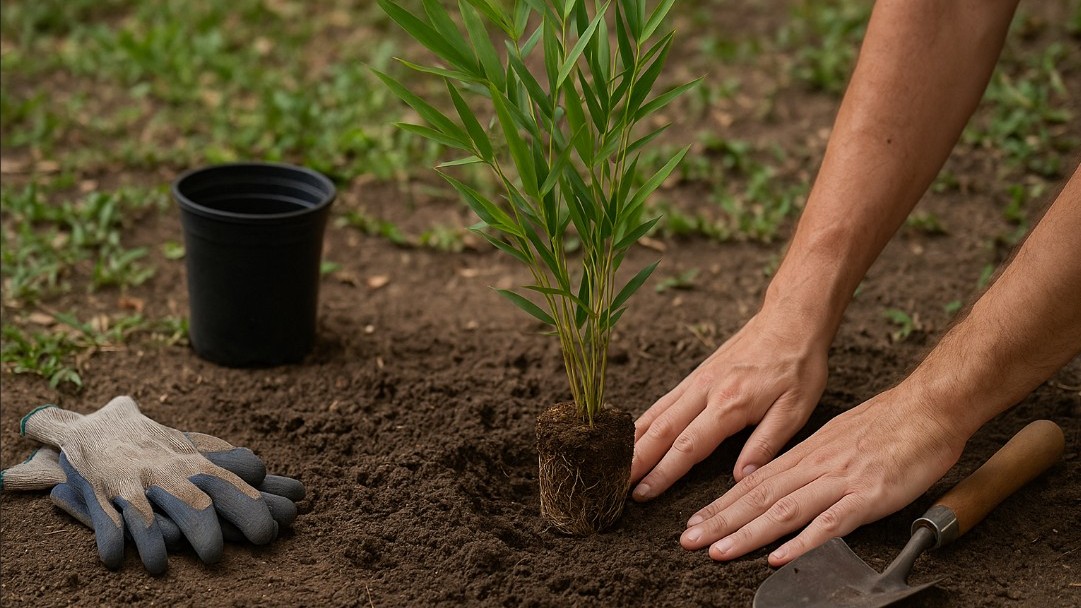Growing Green: A Simple Guide to Planting Bamboo Saplings

Bamboo is not only one of the fastest-growing plants in the world but also an eco-friendly solution for landscaping and sustainable farming. Planting a bamboo sapling is a rewarding process that begins with choosing the right species for your climate and purpose, whether it's for ornamental use, soil stabilization, or commercial harvesting.
To start, select a healthy sapling with strong roots and dig a hole twice as wide as the root ball to allow proper expansion. Bamboo prefers well-drained, loamy soil, and planting in an area with good sunlight exposure ensures optimal growth. Be sure to space saplings appropriately depending on the species, as some varieties spread aggressively.
Once the sapling is placed in the hole, fill it with a mix of native soil and compost, gently firming it down to eliminate air pockets. Water thoroughly after planting and keep the soil consistently moist, especially during the early weeks when the roots are establishing. Adding mulch around the base helps retain moisture and suppress weeds.
Regular care includes watering during dry spells, occasional pruning of dead culms, and applying organic fertilizer to encourage healthy growth. For running bamboo species, installing a root barrier around the planting area prevents unwanted spreading and helps maintain control over the plantation.
In just a few months, you’ll begin to see the benefits of your bamboo planting efforts as the sapling transforms into tall, lush stalks. With minimal maintenance and significant environmental benefits, bamboo is a beautiful and practical addition to any green space.
